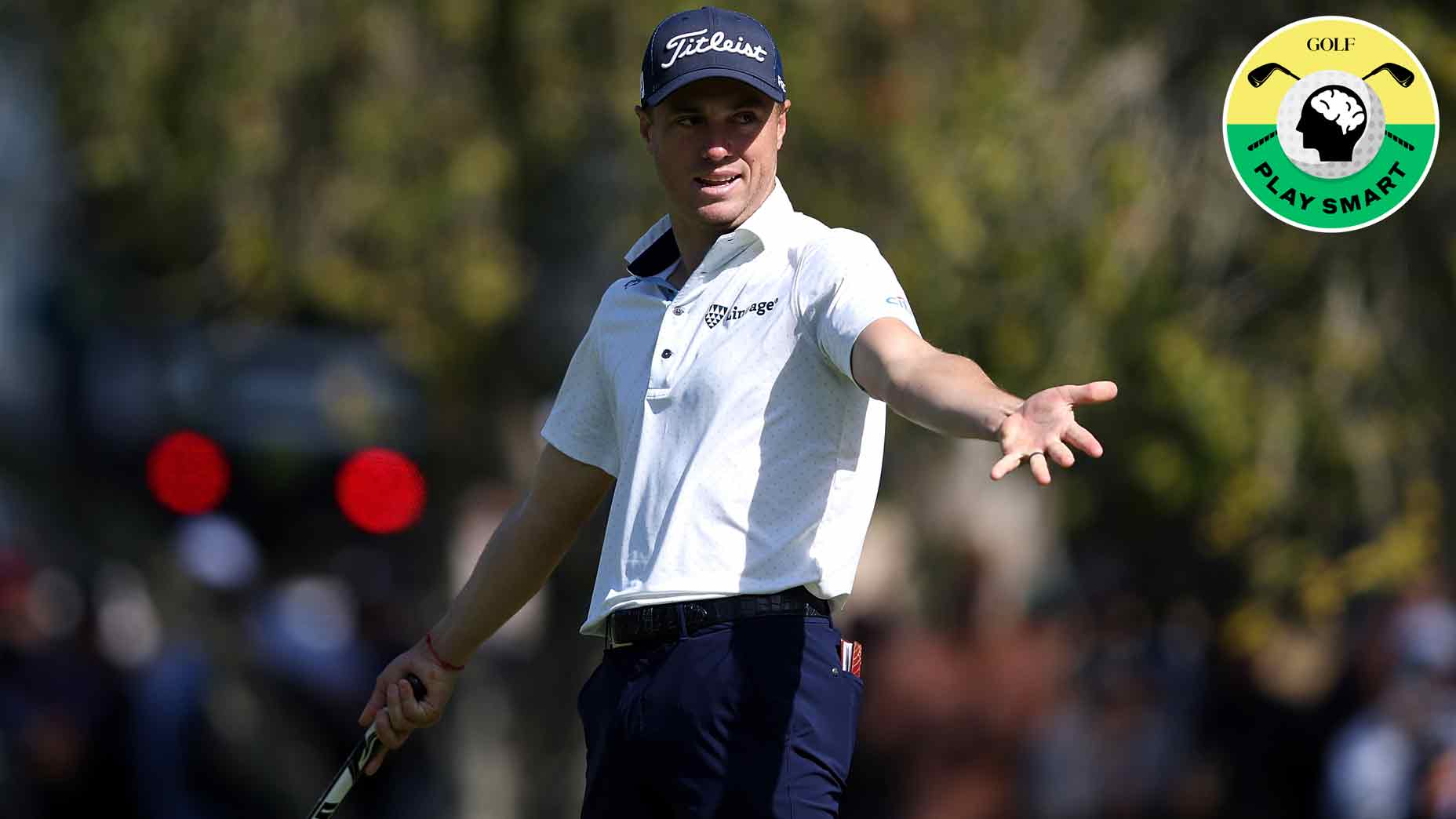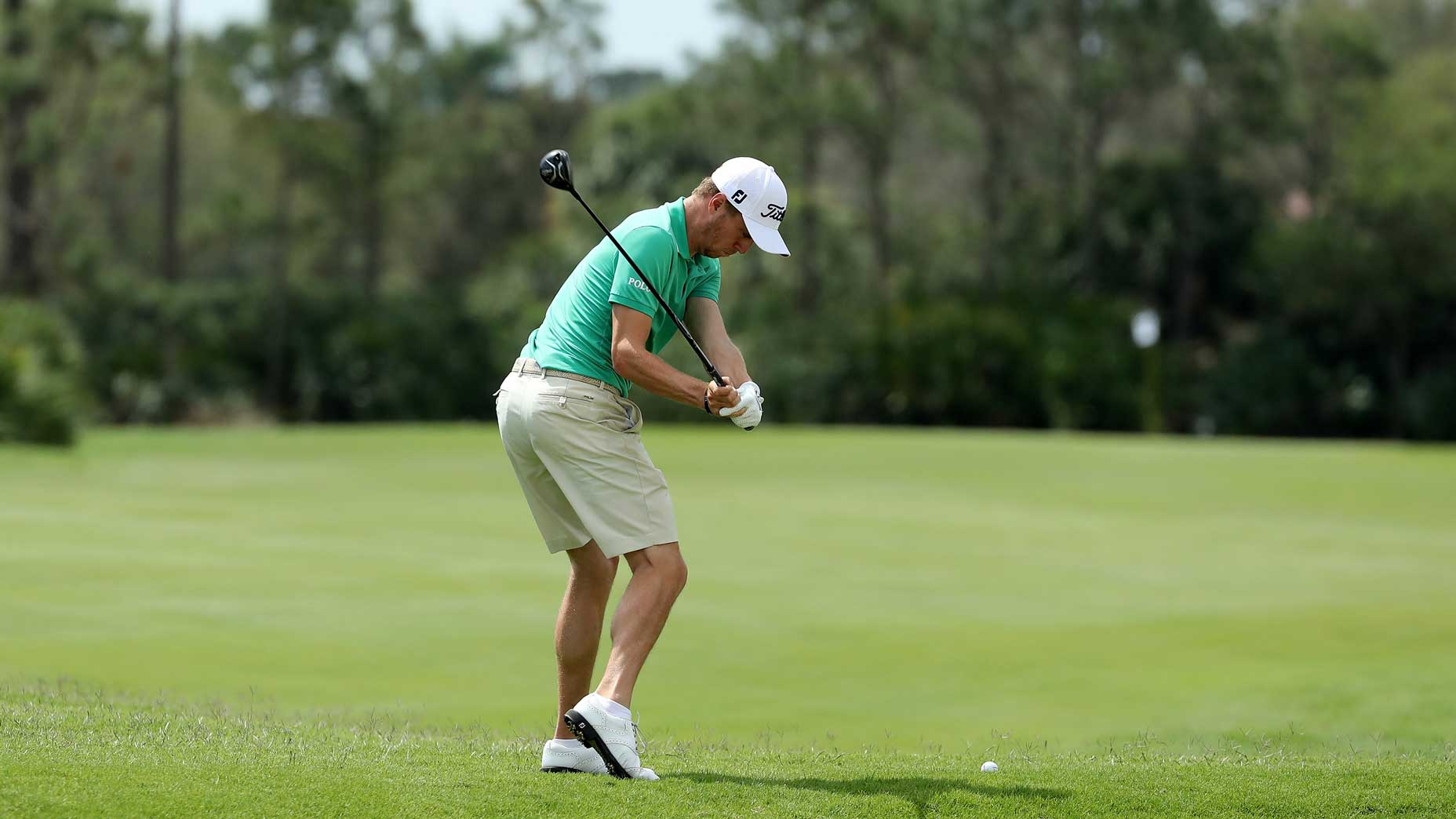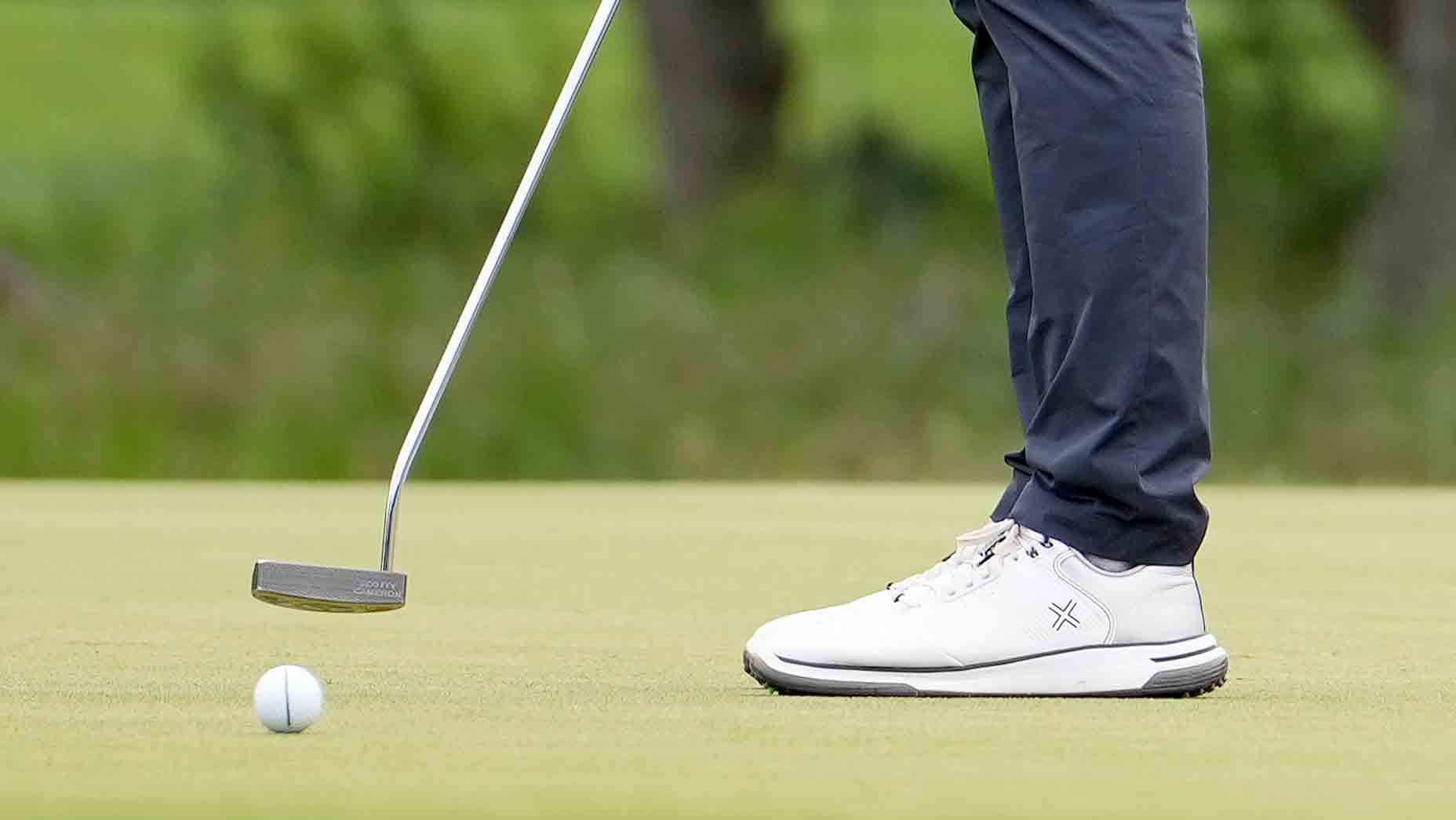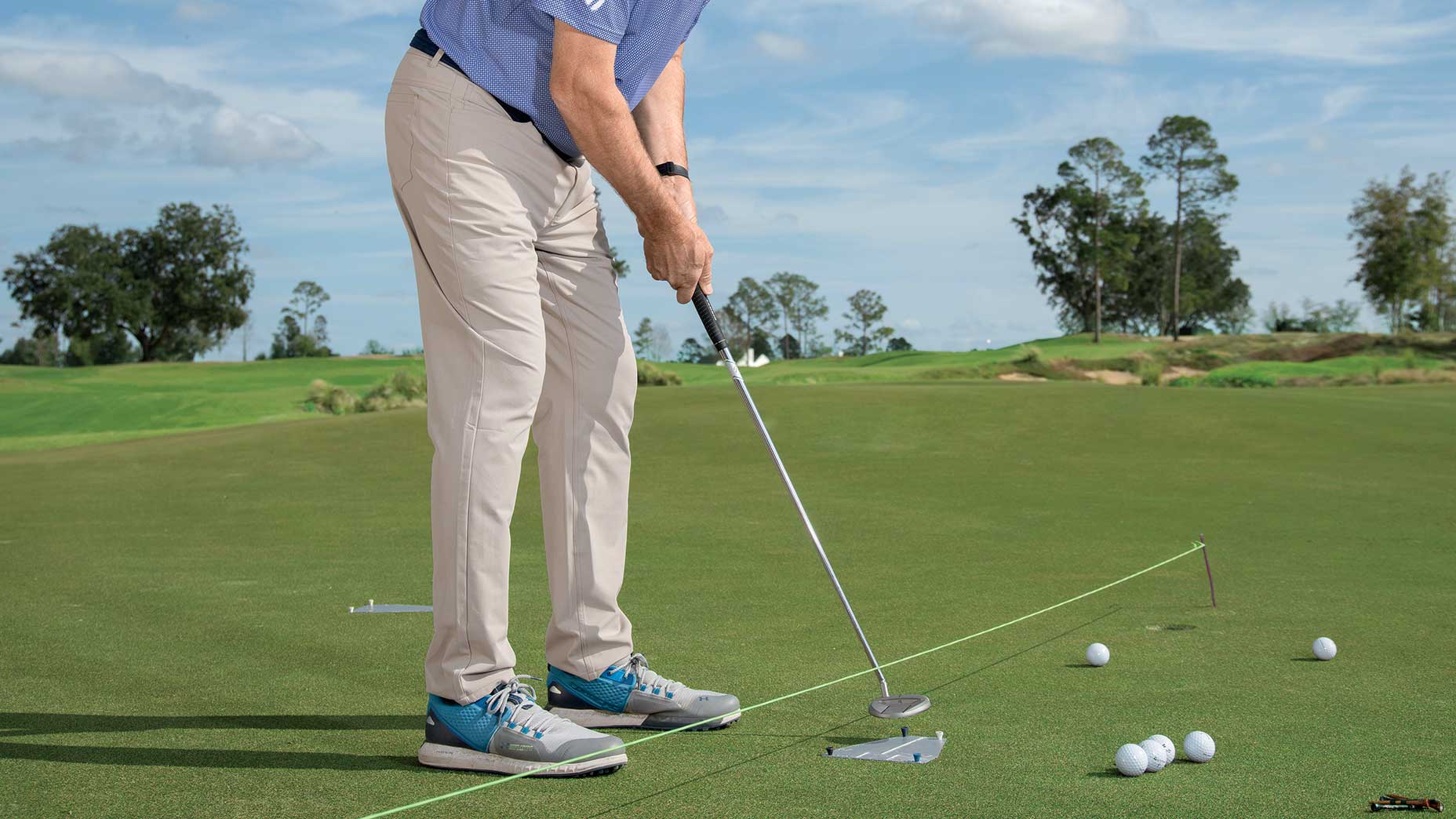Welcome to Shaving Strokes, a GOLF.com series in which we’re sharing improvements, learnings and takeaways from amateur golfers just like you — including some of the speed bumps and challenges they faced along the way.
A common swing flaw for poor ball-strikers is sliding their hips in the backswing rather than rotating them. Why is this bad? When you do it, your hips often stay behind the ball at impact, which leads to inconsistent results.
Better golfers understand how important that hip turn is because it allows them to re-center that part of their body by the time they reach the top of their backswing. This is why low-handicappers can hit such flush shots so consistently.
Don’t sulk after a bad shot — do this insteadBy: Zephyr Melton
If you ask anyone who’s played with me, they’ll tell you that I’m a chronic hip-slider. It’s why I’ve struggled with chunked shots, thinned shots, and pushed shots for the better part of a decade. I just get lazy or lose focus with my fundamentals.
But during a recent lesson with GOLF Top 100 Teacher John Scott Rattan, I was shown how an easy alignment stick drill can properly lead to the hip rotation I need to hit the ball better. Luckily, it was all captured on video for your viewing pleasure.
So check out why Rattan says this simple drill is a must if you’re looking to improve your ball-striking — and eliminate any sliding once and for all.
Try this alignment stick drill for improved ball-striking
“What I like to tell players is that golf is a backswing game,” Rattan tells me. “So we want to do as much as we can early in the swing, when the club is moving the slowest, to set us up for success.
“If we can create depth with your hip turn and [add] a little bit of width, it’s going to create a downswing that matches up in your favor.”
Next, Rattan pulls out a couple of alignment sticks to try an easy drill, helping me get the necessary feel for this hip turn.
“Put one through your belt loop, so that it’s long through the left side [my target side as a right-handed player]. I’m going to use this as a reference point to see how much hip turn you create in your backswing,” he tells me.
Next, he has me set up to the ball, laying down the another alignment stick between my legs — and angling it at about 50 degrees, with the goal to rotate enough to get the stick in my belt loops to turn past the one laid out on the turf.
“When we get to rehearsal, your job is to turn the stick in your pants past the stick on the ground,” Rattan explains. “Keep the big toe on the right foot on the ground [my trail foot], and keep your head nice and tall. Recruit your right hip and not your left knee for rotation.”
After getting the feel of the motion, Rattan has me hold the top of my backswing, explaining the importance of properly using my hips.
“The more you turn that hip behind the ball, the deeper your hand path gets,” he says. “When we talk about hand path, we’re talking about the distance the grip gets from the ball at the top.”
He then breaks down the current state of my hand path, saying everything is already behind schedule in my swing sequence, which is causing inconsistencies.
“When you make your backswing, [your hand path] is late out of the gate, and the club gets so far back that you get steep; so you can’t create separation in your transition,” he tells me.
Is your swing ‘too steep’? Top 100 Teachers explain what that meansBy: Zephyr Melton
Rattan once again has me slow down my backswing before hitting a few shots, and then explains what my shot dispersion would look like if we had data from a launch monitor.
“If we had data running on this, the club path’s going to start shifting to the right,” he says. “So it’s going to move the path 3-4 degrees, all through hip turn in your backswing.
“Managing your backswing, managing that hip turn early, and creating width is your first step in creating a more functional backswing.”











